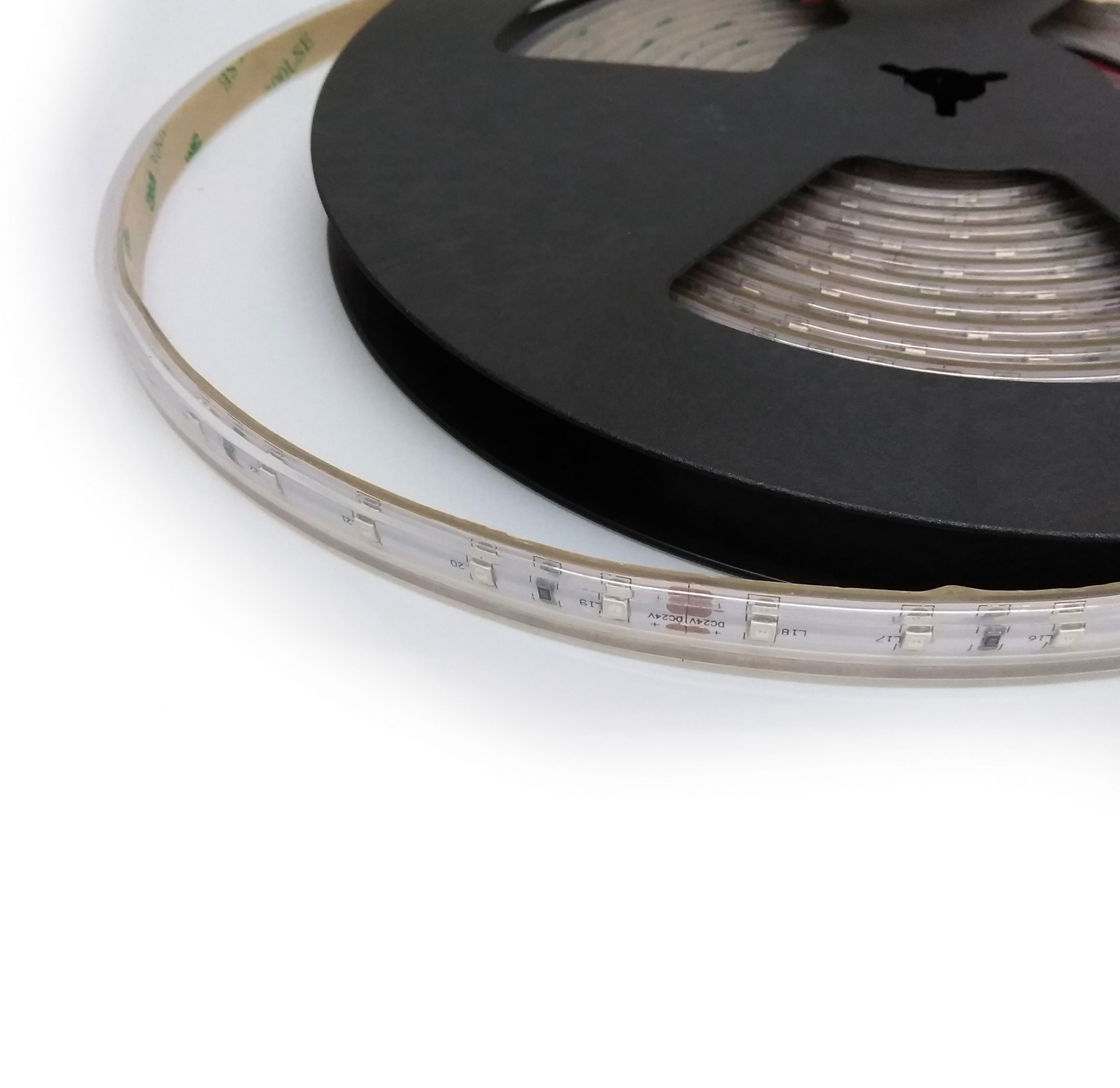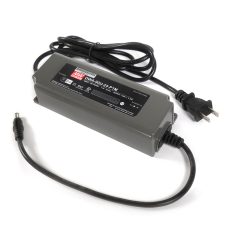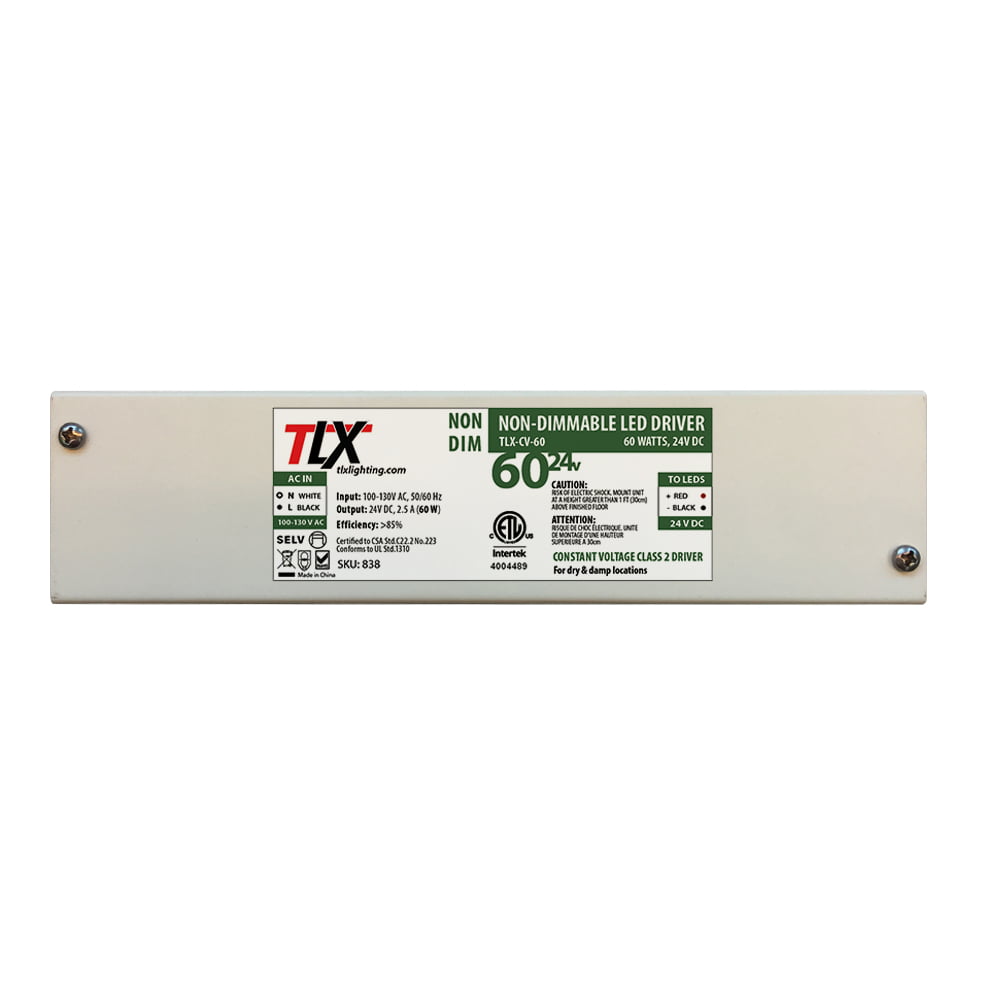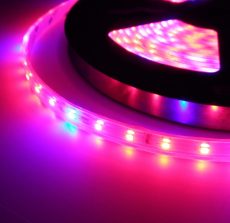Description
This LED flexible strip is perfect for grow light applications. Encased in silicone, it’s suitable for both damp and dry environments.
Lumicrest LED Grow Light flexible Strip consists of red LEDs (450-460 nm) and blue LEDs (620-630 nm), with four times as many red LEDs as there are blue LEDs.
The grow light comes in a 5 meter long reel made up of 300 LEDs (240 red and 60 blue LEDs). They operate on 24V DC and require a 24V DC constant voltage power supply.
The visible light spectrum consists of light in red, orange, yellow, green, blue, indigo and violet colors. Colors on either end of the spectrum play the greatest role in plant growth and flowering, while the yellow and green wavelengths generally play a lesser role. Plants use wavelengths between 400 and 700 nanometers (nm) for photosynthesis, which provides for all the energy needs of the plant. Sunlight is the best light source for plants and naturally provides all of these wavelengths. Different wavelengths are used for specific plant functions, but all wavelengths in this range are absorbed in varying amounts. Wavelengths in the red and blue spectrum are absorbed in greater amounts while more green and yellow light is reflected, giving the leaves their characteristic green color. Grow lights generally omit the green spectrum as the green light is reflected back from the plant, resulting in wasted energy.
For this reason, growers relying on artificial plant lighting mostly concentrate on the blue and red parts of the spectrum.
Blue Light
The most important blue wavelengths are from 430 to 460 nm. This part of the spectrum is also known as cool light. These wavelengths encourage vegetative growth through strong root growth and intense photosynthesis. Blue light is often used alone during the early phases of plant growth, such as starting seedlings, when flowering is not desired.
Red Light
The longer wavelengths of light are red in color. The most important wavelengths in the red spectrum are from 620 to 680 nm. These wavelengths encourage stem growth, flowering and fruit production, and chlorophyll production.





